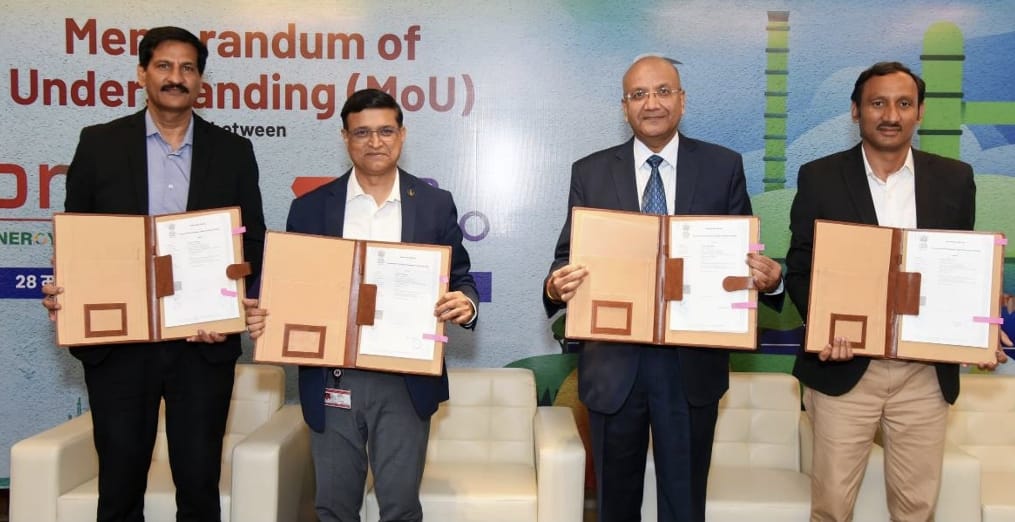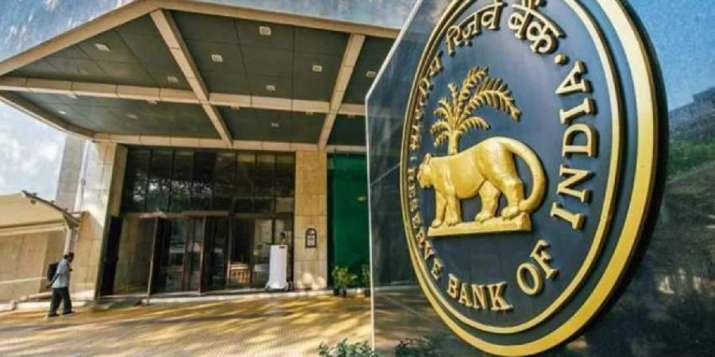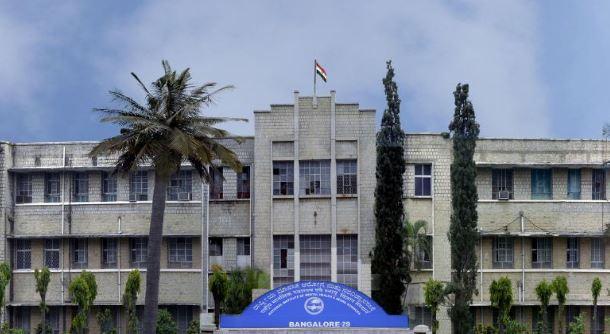Congress Accuses Modi Government of Widening Income Gap in India with Data from 2013-2014 to 2021-22

The Indian National Congress has accused the Modi government of exacerbating income gap in India, with a growing wealth disparity between the ultra-rich and the middle class. This claim is substantiated by an analysis of publicly available income tax return data spanning from 2013-14 to 2021-22. The Congress general secretary Jairam Ramesh cited publicly available data on income tax returns from 2013-14 to 2021-22 to support his claim in a X post.
The Congress said that the richest one percent owns more than 40 percent of the country’s wealth, while half the population has only three per cent of it.
The Growing Income Gap
Congress general secretary Jairam Ramesh asserts that the gap between the ultra-rich and the middle class is expanding under the Modi government. The data reveals a concerning trend:
- In 2013-14, the top 1% of income tax payers accounted for 17% of the nation’s total income.
- By 2021-22, this top 1% was responsible for a staggering 23% of all income.
Rapid Income Growth of the Ultra-Rich
The income growth of the ultra-rich has outpaced that of the middle class. Ramesh emphasizes the following statistics:
- The top 1% of income tax payers witnessed a substantial 13% year-on-year income growth from 2013-14 to 2021-22. This rate of growth is an astounding 60% faster than that of the lowest 25% of taxpayers.
Impact on the Middle Class
When adjusted for inflation, the lowest 25% of tax-payers have experienced a decline in their real income:
- Gross income for the lowest 25% fell by 11% between FY19 and FY22, decreasing from ₹3.8 lakh crore to ₹3.4 lakh crore.
- In stark contrast, the real income of the top 1% surged by 30%, rising from ₹7.9 lakh crore in FY19 to ₹10.2 lakh crore in FY22.
Congress’s Accusations
In response to these concerning statistics, Jairam Ramesh makes a pointed accusation: “Figures don’t lie. Only the Prime Minister does.” The Congress has been consistently asserting that income disparity between the wealthy elite and the less affluent has been widening in recent years.
The income inequality issue has been a recurring point of contention and debate in India. To understand the implications of this issue, it is essential to delve into the factors driving this growing income gap.
Factors Contributing to Income Inequality
Income inequality can be attributed to various factors, including but not limited to:
- Economic Policies: Government economic policies can significantly impact income distribution. These policies may favor the business elite and high-income earners, potentially exacerbating income inequality.
- Globalization: While globalization can stimulate economic growth, it may also lead to wage stagnation for the middle class while enabling multinational corporations and the wealthy to increase their wealth.
- Education Disparities: Unequal access to quality education can create income disparities. Those with better educational opportunities often secure higher-paying jobs, while others are relegated to low-wage employment.
- Gender Inequality: Gender-based wage disparities persist in many regions, which impacts income inequality, particularly among women who earn less than their male counterparts.
- Technological Advancements: The rise of technology and automation can lead to job displacement for lower-skilled workers, increasing the wage gap.
Way Forward
The Congress’s allegations of a growing income gap in India between the ultra-rich and the middle class warrant consideration and further examination. Income inequality is a complex issue influenced by numerous factors, including economic policies, globalization, education access, gender disparities, and technological changes. Recognizing and addressing these factors is essential for creating a more equitable and prosperous society. The widening income gap underscores the importance of comprehensive social and economic policies that prioritize income equality and the welfare of all citizens.





